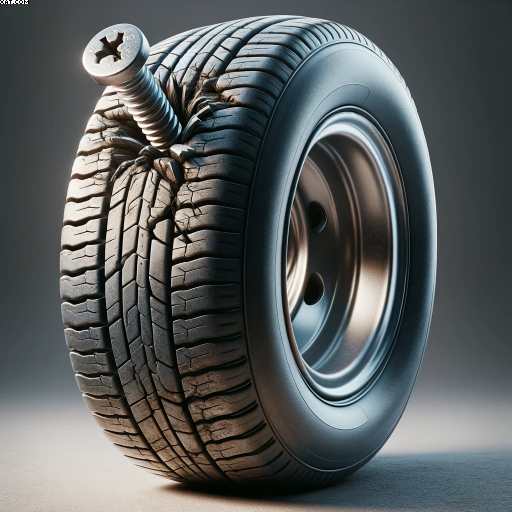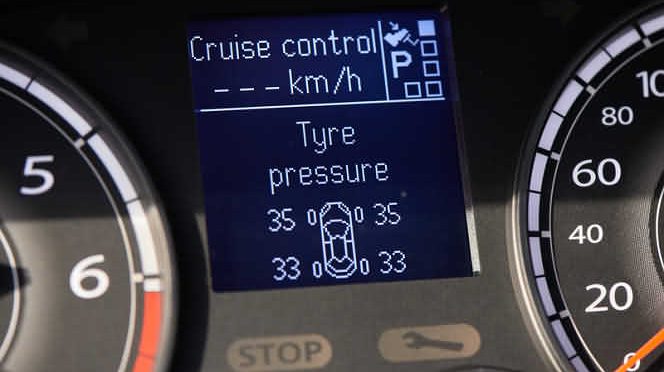Table of Contents
Self-Seal System

Self-Seal System
Michelin will be rolling out its puncture-resistant Self-seal tyres around the world starting 2015.
Source: www.tyreblog.co.uk
It is not just the inconvenience of having a puncture
but the dangerous situation you can find yourself in when running over a screw at, say, 70mph?
The Michelin self-seal will repair itself instantly and get you out of trouble. It cannot, however, help you if you have a sidewall problem, In that scenario, the tyre will deflate like any other tyre would, but it is a step in the right direction but not as safe as a run-flat tyre.
Continental tyres and Michelin tyres launch
a new type of self-seal tyre
Both these giant tyre companies have come up with a similar type of product that will give the motorist some kind of protection against their tyre deflating when the tyre picks up a screw or nail in the tread area of the tyre.
Both companies use a type of soft compound that is located inside the tyre below the tread area and resembles a thick layer tar? The tar-looking substance is very sticky and, as I have said, covers the inside of the tread area and stretches from shoulder to shoulder.
The compound protects against penetrating nails
Including other Sharpe objects that are up to 5 mm in diameter, but only in the tread area. When a nail goes into the tyre, it seals instantly, eliminating the need to stop and change the wheel or even have a tyre repair done at all.
This will be bad news to the larger tyre repair companies, such as Rema Tip-Top, who have spent years developing different tyre repair materials that we use for repairing punctures with.
Even when there is just a hole in the tread, say if a nail goes in and comes back, the repair material will still seal the hole almost instantaneously, the tyre will not require another repair and can be used without requiring a roadside spare wheel change.
self-sealing tyre reduces the risk of a flat tyre. Self-Seal System
These tyres do have their limitations and drivers are still advised to check their tyres at regular intervals for cuts, lumps and bumps. Remember, the tyre seal does not protect you against any sidewall problems, but only the tread area. They are also not run-flat tyre and must not be run on if the tyre loses any pressure at all.
Michelin tyre self-seal system is pretty much the same.
The special compound sits inside the tread of the tyre and seals nails and screws that penetrate the tread area. The hole is sealed instantly by the sealing compound,. Consequently, the tyre is deemed to be repaired, and as long as no pressure is lost, the tyre can continue running as a normal tyre.
Michelin say that the self-seal tyres will be used this year (2015) on some VW models and that there is no reason why the system cannot be used on any of its tyre range without any compromise to tyres performance abilities.
It is important, though, to remember that self-seal tyres are not the same as run-flat tyres .
I’ll say it again: if they experience any pressure, have them checked out by a professional. Self-Seal System
In my opinion for what its worth, I think it only confuses things from a practical point of view? When we have to repair a self-seal tyre, we have to buff of the area where the repair is required (a very messy job) before carrying out the repair.
Once the tyre is repaired, it can be no longer be classified as a self-seal. In fact, we have come to the conclusion that, like the run-flat tyres, the self-seal is not worth repairing and we offer the customer a new replacement tyre.
- All-weather Michelin tyres
- 235/70×16-General Grabber AT
- Pirelli tyres to supply BRDC F4
- Pothole Britain
- Electric cars-Not so eco-friendly – CNBC
- All-weather Michelin tyres - July 26, 2024
- 235/70×16-General Grabber AT - July 25, 2024
- Pirelli tyres to supply BRDC F4 - July 24, 2024

